The International Campaign for Real History
|
|
Volume 19, number 3 (May/June 2000)
A DETAILED forensic examination of the site of the wartime Treblinka camp, using sophisticated electronic ground radar, has found no evidence of mass graves there.
According to the Encyclopedia of the Holocaust (1997), for example, “a total of 870,000 people” were killed and buried at Treblinka between July 1942 and April 1943. Then, between April and July 1943, the hundreds of thousands of corpses were allegedly dug up and burned in batches of 2,000 or 2,500 on large grids made of railway ties. Krege’s team used an $80,000 Ground Penetration Radar (GPR) device, which sends out vertical radar signals that are visible on a computer monitor. GPR detects any large-scale disturbances in the soil structure to a normal effective depth of four or five meters, and sometimes up to ten meters. (GPR devices are routinely used around the world by geologists, archeologists, and police.) In its Treblinka investigation, Krege’s team also carried out visual soil inspections, and used an auger to take numerous soil core samples.
“From these scans we could clearly identify the largely undisturbed horizontal stratigraphic layering, better known as horizons, of the soil under the camp site,” says the 30-year old Krege, who lives in Canberra. “We know from scans of grave sites, and other sites with known soil disturbances, such as quarries, when this natural layering is massively disrupted or missing altogether.” Because normal geological processes are very slow acting, disruption of the soil structure would have been detectable even after 60 years, Krege noted.  “Historians say that the bodies were exhumed and cremated towards the end of the Treblinka camp’s use in 1943, but we found no indication that any mass graves ever existed,” he says. “Personally, I don’t think there was an extermination camp there at all.” Krege is preparing a detailed report on his Treblinka investigation. He says that he would welcome the formation, possibly under United Nations auspices, of an international team of neutral, qualified specialists, to carry out similar investigations at the sites of all the wartime German camps. Krege and his team are associated with, and funded by, the Adelaide Institute, a south Australia revisionist “think tank.” Its director, Dr. Fredrick Toben, was jailed in Germany for seven months in 1999 for disputing Holocaust extermination claims.
Related item on this website:
|


 For six days in October 1999, an Australian team headed by Richard Krege, a qualified electronics engineer, carried out an examination of the soil at the site of the former Treblinka II camp in Poland, where, Holocaust historians say, more than half a million Jews were put to death in gas chambers and then buried in mass graves.
For six days in October 1999, an Australian team headed by Richard Krege, a qualified electronics engineer, carried out an examination of the soil at the site of the former Treblinka II camp in Poland, where, Holocaust historians say, more than half a million Jews were put to death in gas chambers and then buried in mass graves.